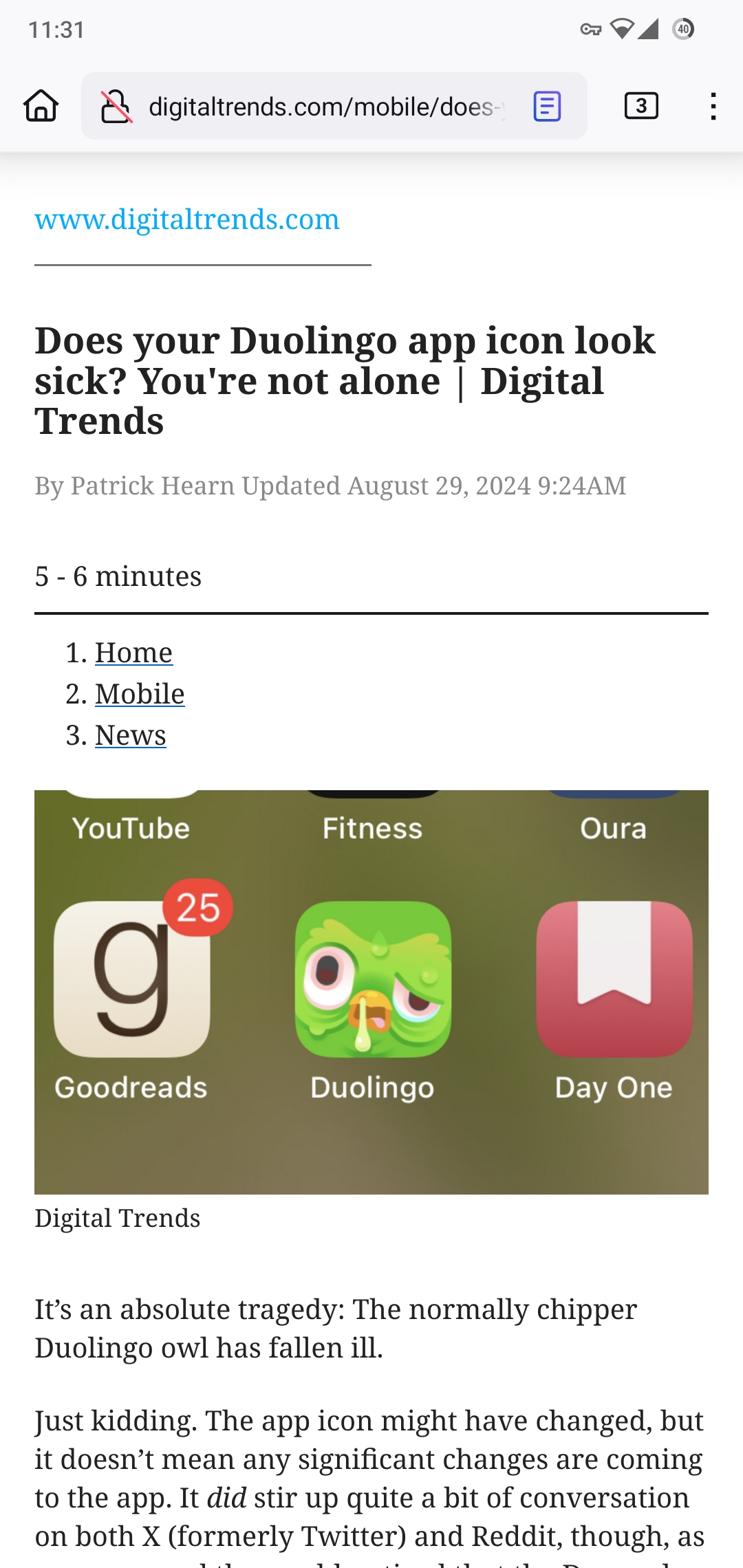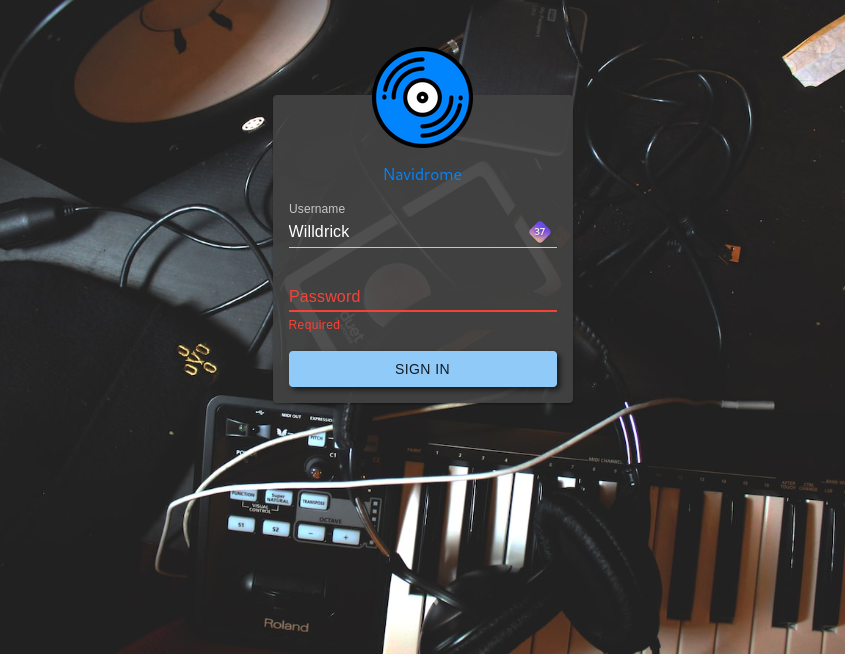Cool! Thanks for the tip!
Willdrick
TIL you can actually use about:reader?url=https://some-random-url to get it basically anywhere!
It will make the search even harder, but I'd recommend to add "removable battery" to the list.

Reader mode ftw
Edit: it also supports dark mode
Try duckdns, it doesnt nag you every month and it just works
I dragged my feet for over 2 years after building my homelab and not putting proxmox. I highly recommend you start out with proxmox right away. It has its quirks and learning curve, but it's been a breeze after "getting it".
At first I didn't want the files inside LXC filesystems because I was used to manually poking at folders and such. But the periodic backup and restoration that gives you its the best, bar none.
I rebuilt my setup after a faulty data cable destroyed my btrfs raid0 filesystem (I know, I knew it was dumb, but I had 8tb at my disposal and I wanted to use it dangit!). Long story short, my borg-based Nextcloud AIO backups were borked and took like 3 days of research and external drive juggling to get some of the stuff out of them. With proxmox it's a single click to get the whole thing back up and running.
Also you can use helper scripts as a sort of appstore, including turnkey appliances
My only gripe with GrayJay is the lack of proper rotation support. On a phone might be fine, but on a bedside tablet I'd like to be able to use the whole thing in landscape orientation. And no, the experimental landscape mode under options refuses to rotate the main feed screens..
Bonus points if it'd allow me to use the 180° rotation so I can leave the tablet upside down on its stand and charge it while using it
Think of it as a very generous unlimited trial, kinda like winrar but without the nag screen.
You could try a download manager like DownThemAll on Firefox, set a queue with all the links and a depth of 1 download at a time.
DtA has been a godsend when I had shitty ADSL. It splits download in multiple parts and manages to survive micro interruptions in the service
Fair enough, though FUTO already has an anti-rugpull licence AFAIK


Got a 486 DX4 to sell you 🤣